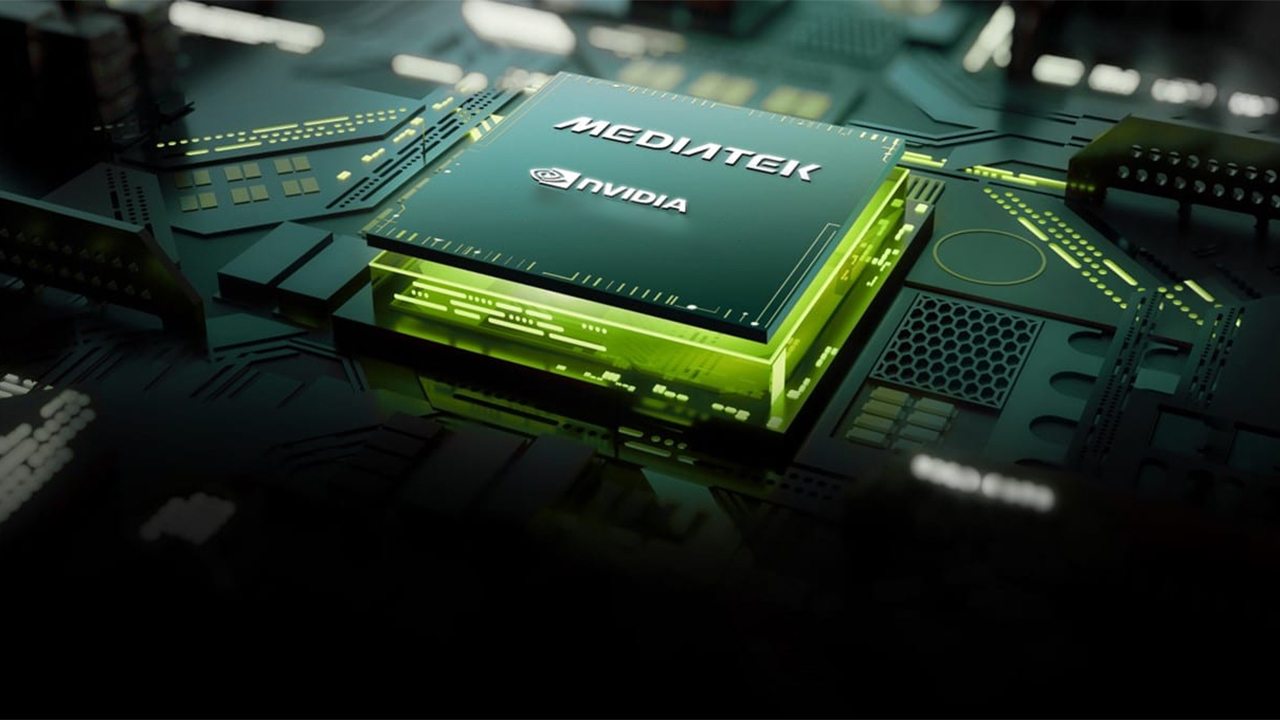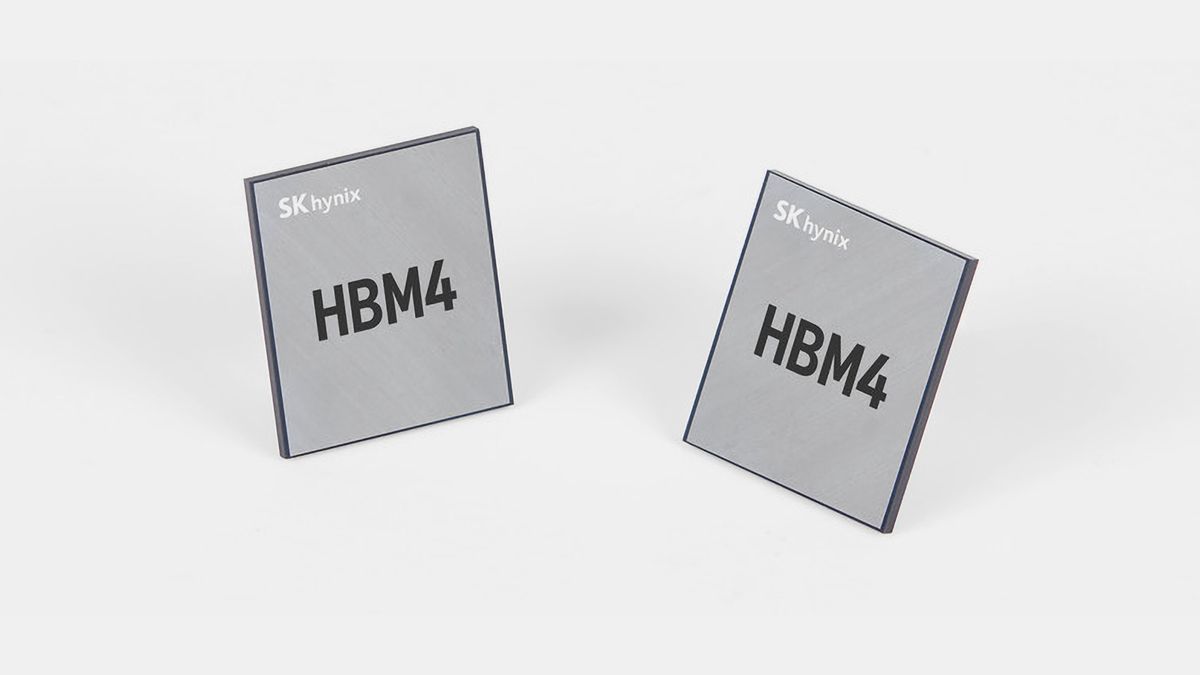Although workstations based on Nvidia's GB10 Superchip processor are reportedly on the cusp of release, Nvidia's CPUs for consumer PCs have been delayed well into 2026, according to a report by SemiAccurate. The company reportedly had to delay its processor due to 'critical hardware defects.' Keep in mind, though, that the information is strictly unofficial, so take it with a grain of salt.
When we first heard about Nvidia's intention to enter the market of CPUs for Windows-based consumer PCs back in 2023, the rumor had it that the company planned to release the processor in 2025. However, when the company introduced its GB10 system-on-chip (SoC) for compact AI workstations, co-designed with MediaTek at GTC in March, it never mentioned anything for consumer PCs. Neither Nvidia nor MediaTek discussed their codenamed N1 and N1X processors at Computex in May, a clear indication that their launch was not on the near horizon.
That is apparently because Nvidia expected its N1 and N1X to be released later in 2026 due to a hardware issue that needed to be fixed. However, Nvidia managed to fix the problem without a respin (using a microcode or firmware update), which reportedly brought the release forward to early 2026.
However, just days ago, another technical problem surfaced, again complicating the schedule, according to SemiAccurate. The previously re-established early 2026 target now appears in jeopardy, according to sources cited by SemiAccurate and @Jukanlosreve (assuming, of course, that the latter isn't simply re-reporting SemiAccurate). The way the latter puts it, Nvidia's unannounced N1 and N1X have 'critical hardware defects,' which require a respin (a new silicon revision).
As we are dealing with unofficial information, it is hard to derive an accurate analysis. However, respinning a 4nm processor typically takes between three and six months, depending on the extent of the required changes and the location of the problem. Minor adjustments in the higher metal layers can be completed in weeks or months, while more significant modifications, such as logic redesign or layout updates in the lower metal layers, can extend the timeline to half a year or more. This includes retaping the design, manufacturing new masks, running test wafers, and validating the revised silicon. At advanced nodes, such as 4nm mask preparation, queue times add complexity. Even after silicon is produced, full functional and performance validation must be repeated, which takes time. In practice, even a 'fast' respin can create a multi-month delay in product schedules.
Follow Tom's Hardware on Google News to get our up-to-date news, analysis, and reviews in your feeds. Make sure to click the Follow button.

 4 months ago
57
4 months ago
57






 English (US) ·
English (US) ·